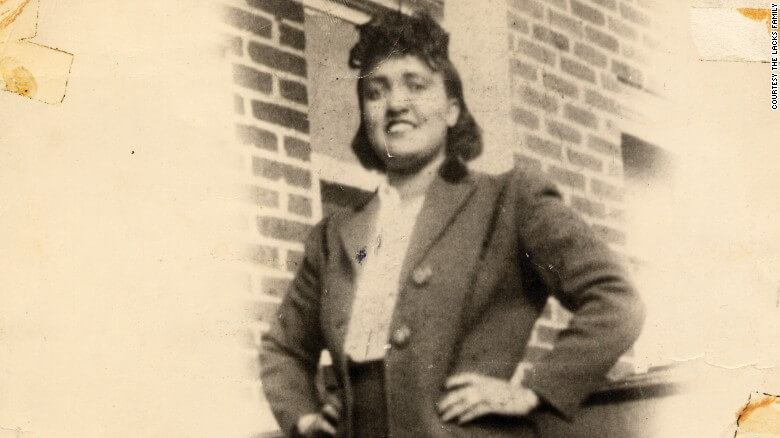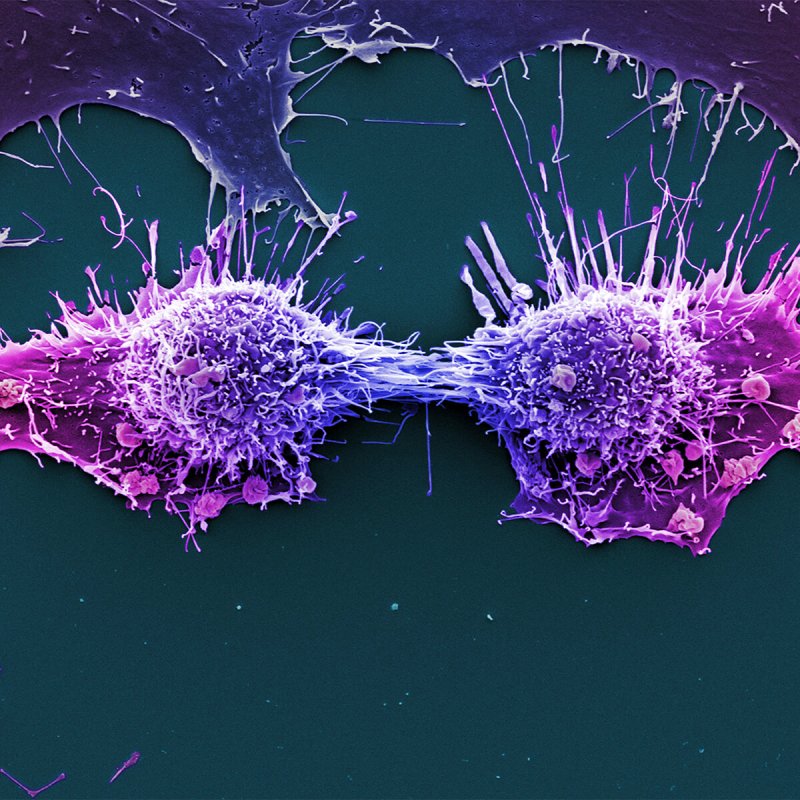The Story of HeLa and Henrietta Lacks
Studying human cells in the lab allows us to understand more about how they work, investigate the causes of disease, and design new treatments. But growing cells in the lab isn’t as easy as you might think. But how did Henrietta Lacks’s immortal cells (known today as HeLa cells) become the go-to human cell line for biomedical research; just how great an impact have they had on biomedical research as a result; and is it high time that HeLa cells were retired from use in research?

Aside from the scientific controversies around HeLa cells, what of Henrietta herself and the rest of the Lacks family? When they found out about Henrietta’s cells in 1973 (after her death), they only understood that part of Henrietta was still alive and being kept in a laboratory somewhere. They were terrified and angry, but they didn’t know who to contact to find out what was going on. Only in 2013, when researchers published the genome sequence of HeLa and made publicly available to download without prior knowledge or permission from the Lacks family, was their campaign finally taken seriously.
Fusion genes and cancer cures: The story of the Philadelphia Chromosome
It’s 1960, and two young scientists – Peter Nowell and David Hungerford – have published a brief paper in the journal Science. It’s just 300 words long, but it’s about to set off a cascade of research that will change the way we think about cancer and medicine.
Nowell’s and Hungerford’s work showed that in the cancerous white blood cells of people with a type of leukaemia called chronic myeloid leukaemia (CML), one of the chromosomes was usually short – a mutation that would become known as the Philadelphia chromosome after the city where Hungerford was working when he first spotted it. But, like many great moments in science, Nowell and Hungerford stumbled into their revelation about the genetic origins of CML almost by accident.
Initially scientists widely assumed that these usually short Philadelphia chromosomes formed thanks to the deletion of some genetic material from the ends of the chromosome. But in the 1970s, a researcher from the University of Chicago called Janet Rowley, the “matriarch of cancer genetics,” realized that this wasn’t the case. She discovered that the Philadelphia chromosome wasn’t formed by a deletion of genetic material after all. The mutant chromosome formed when two chromosomes—22 and 9—got broken, and the two end pieces swapped places, a process known as translocation.
In just 40 years, we had gone from having no understanding of how CML developed to knowing in depth the genetic and molecular origins of the disease and having a potential target for a cure: the rogue BCR-ABL enzyme. Fast forward to 2001, and thanks largely to the efforts of Brian Druker a new molecule called STI571 (known as Gleevec) was being hailed as a ‘miracle cure’ for CML by the media, with good reason. Today, people with CML who respond to Gleevec can expect to live as long as someone without cancer. It is arguably one of the greatest cancer drugs of all time.
Full show notes, transcript, music credits and references online at GeneticsUnzipped.com.
Genetics Unzipped is the podcast from the UK Genetics Society, presented by award-winning science communicator and biologist Kat Arney and produced by First Create the Media. Follow Kat on Twitter @Kat_Arney, Genetics Unzipped @geneticsunzip, and the Genetics Society at @GenSocUK
Subscribe from Apple podcasts, Spotify, or wherever you get your podcasts.































